Heritage in the Lake District
My first visit to the Lake District after more than a decade living in the UK had me thinking about our relationship to landscape and how it has changed over time.
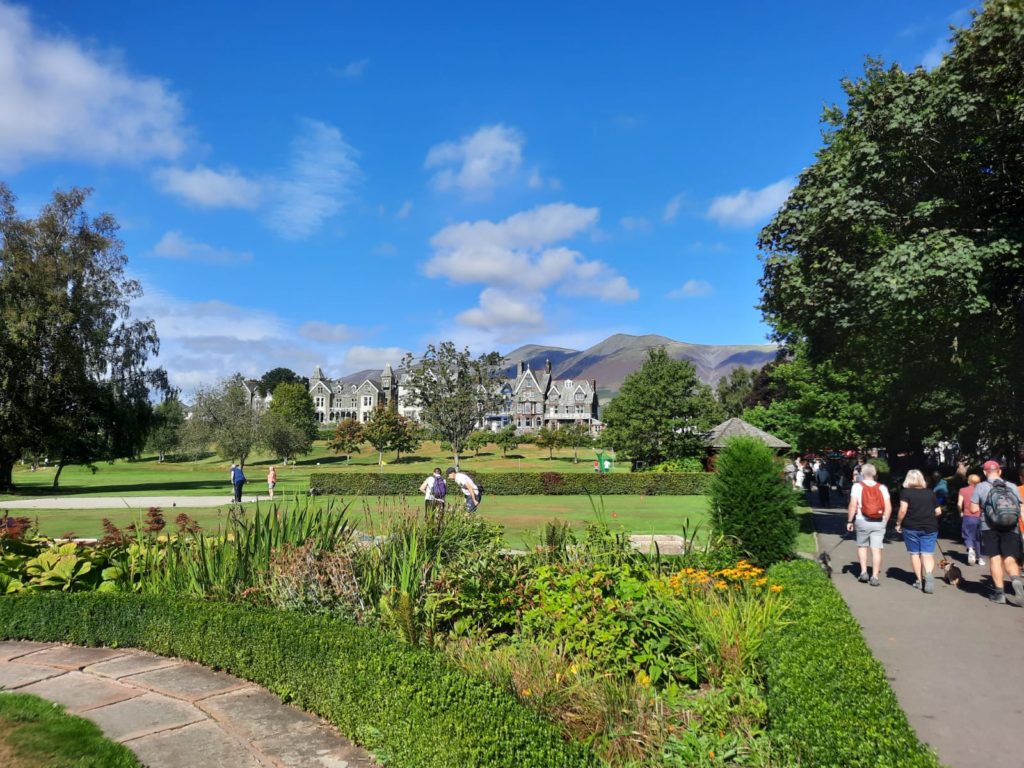
2021: Year Of The Staycation
I miss being able to plan holidays abroad. I really do. But a silver lining of the pandemic is that it has challenged me to find places within the UK to use my annual leave. I had never been to Norfolk before. I’ve spent more time in Oxford and Cambridge. And explored some ancient sites like Avebury and Hadrian’s Wall. It’s not always been smooth sailing – holidays in the UK are often more expensive than spending a week in Europe. And the weather is less predictable. But without the push, I probably wouldn’t have seen so much of my adopted country for many more years.
The other challenge, of course, with staycations, is that everyone’s doing them! So the favoured spots, like Cornwall, the Peak District, the Lake District, often have to be booked far in advance. Just after my recent Hadrian’s Wall walk, however, an opportunity presented itself to spend a weekend in the Lake District. Thank you Rob and Mary! I was excited to see one of the UK’s famed beauty spots. And it seemed like the perfect way to relax after a week of trekking across the country on foot.
The Lake District, or at least what I saw of it, was both beautiful and relaxing. It also had me thinking, though. When we think of the Lake District, we might think of William Wordsworth and the Lake Poets. Or Beatrix Potter. Some kind of pastoral idyll in any case. So in these days of mass tourism, how does a modern tourist experience sit alongside this idea of untouched natural beauty? Luckily for you (maybe?) these are things that my background in history and museology taught me to think critically about, so I have some ponderings ready to share with you.
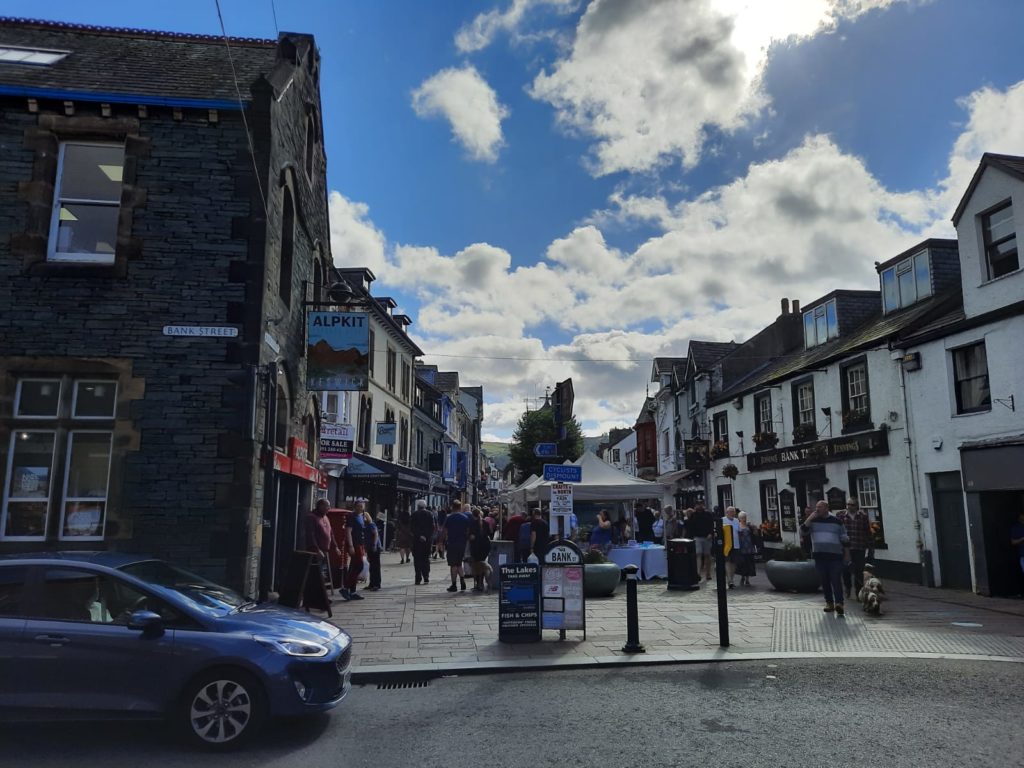
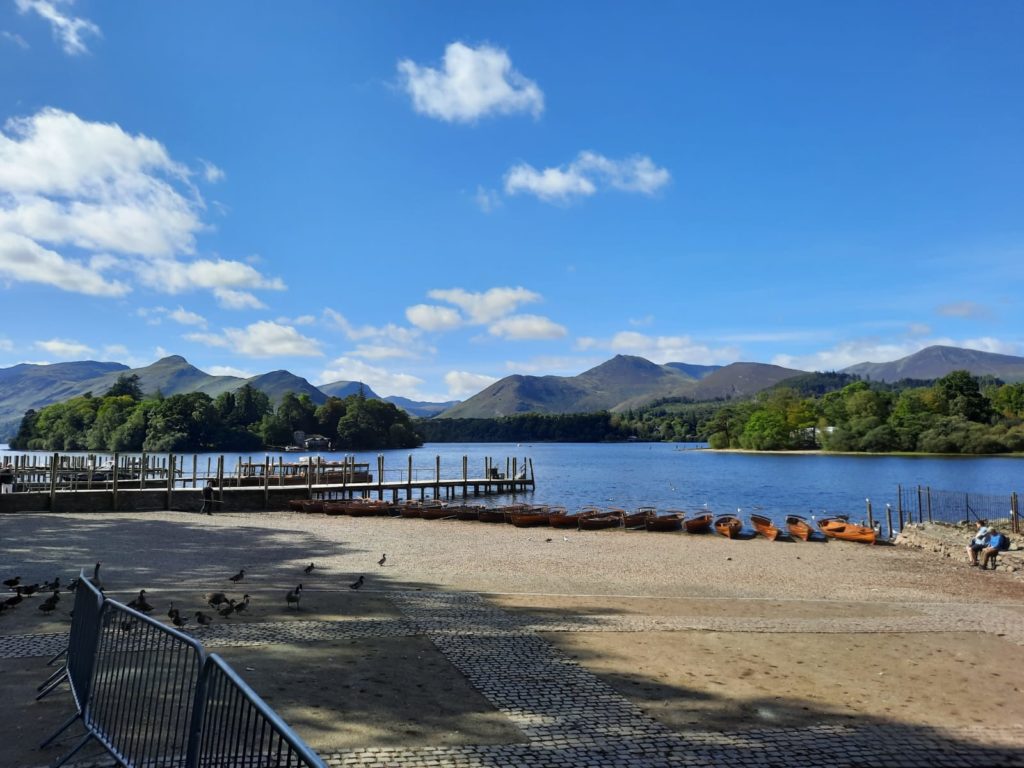
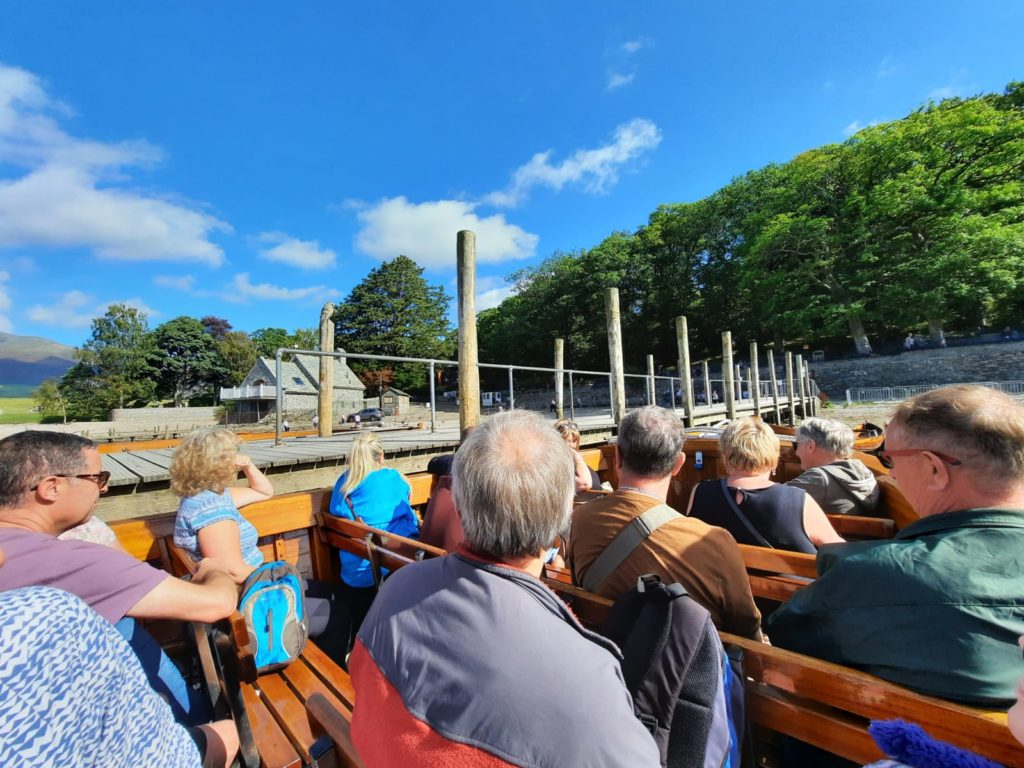
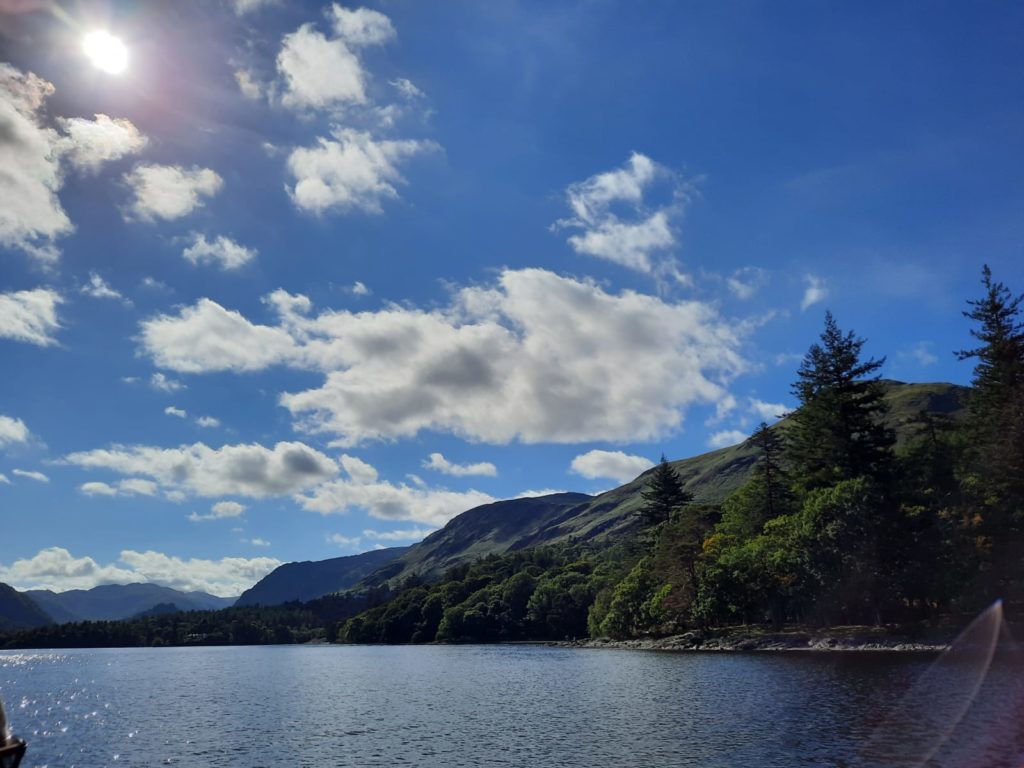
The Lake District: Landscape Appreciation 101
This might seem like an odd statement if you haven’t thought about it before, but the appreciation of landscapes is not a constant in human history. Indeed, a lot of our currently ‘agreed’ views on landscapes date back to the 18th Century. This was the era of the Romantics. Think Wordsworth, Shelley and Keats in poetry, someone like Caspar David Friedrich in art. The Romantics sought out ‘divine’ experiences in nature. They wanted wild, craggy, ‘untouched’ landscapes that elicited strong emotional responses. The ‘sublime’, if you will.
While the era of the Romantics may be over, some of this has filtered down today in the types of scenery which we value and seek out. There are certain things that we want in a beauty spot. We want it to be striking – tall peaks, deep lakes, uninterrupted sunsets. Wild nature, untouched by human hand. Except… that doesn’t really exist. There’s a term, ‘cultural landscape’, which covers this. The Lake District, for example, has been shaped by thousands of years of people, farming, etc. Not to mention that some of the lakes are actually manmade reservoirs. Heck, even the American plains or the Australian Outback are landscapes shaped by humans.
You can still see this shift in relationship with landscape if you visit the Lake District today. Towns like Keswick, for instance, are just a slightly inconvenient distance from their local lake. That’s because the town was built to be a town, and not to appreciate nearby Derwentwater. Derwentwater was probably a good source of, well, water, but Keswick evolved for people trying to live their lives and earn a living. Contrast that with Central Otago in New Zealand, for example, where the towns came later. Queenstown and Wanaka look quite similar to some Lake District towns – stone-faced outdoor shops, cafes and accommodation – but they are centred on the lakes. By that time, beauty had become a more important concern.

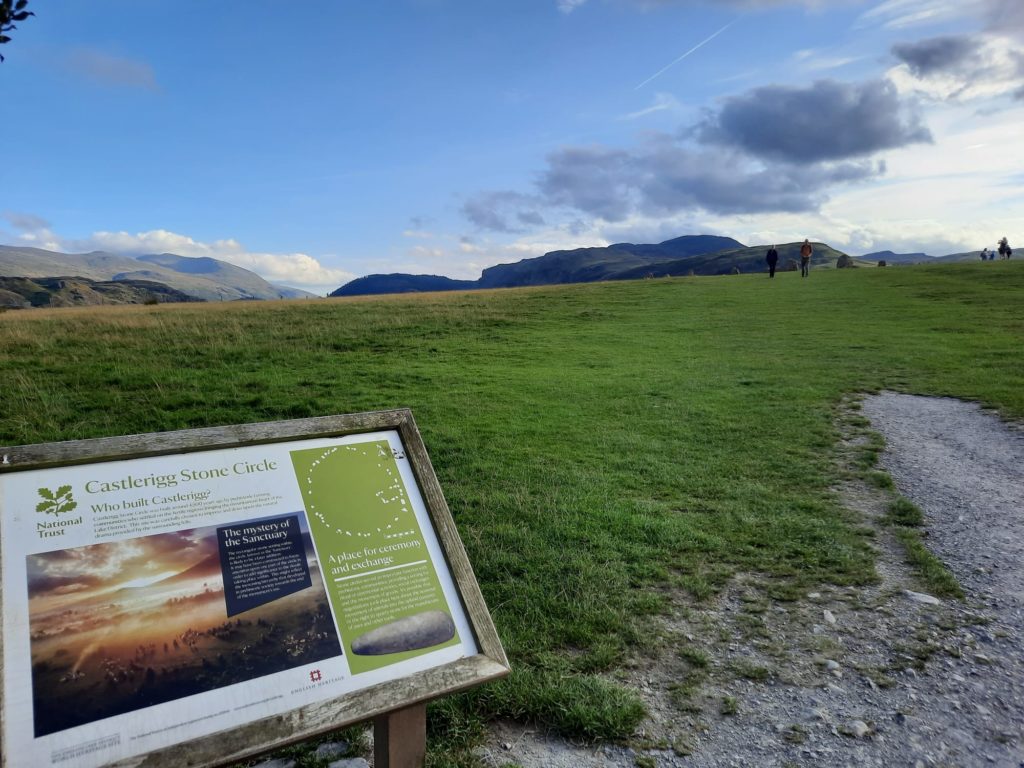

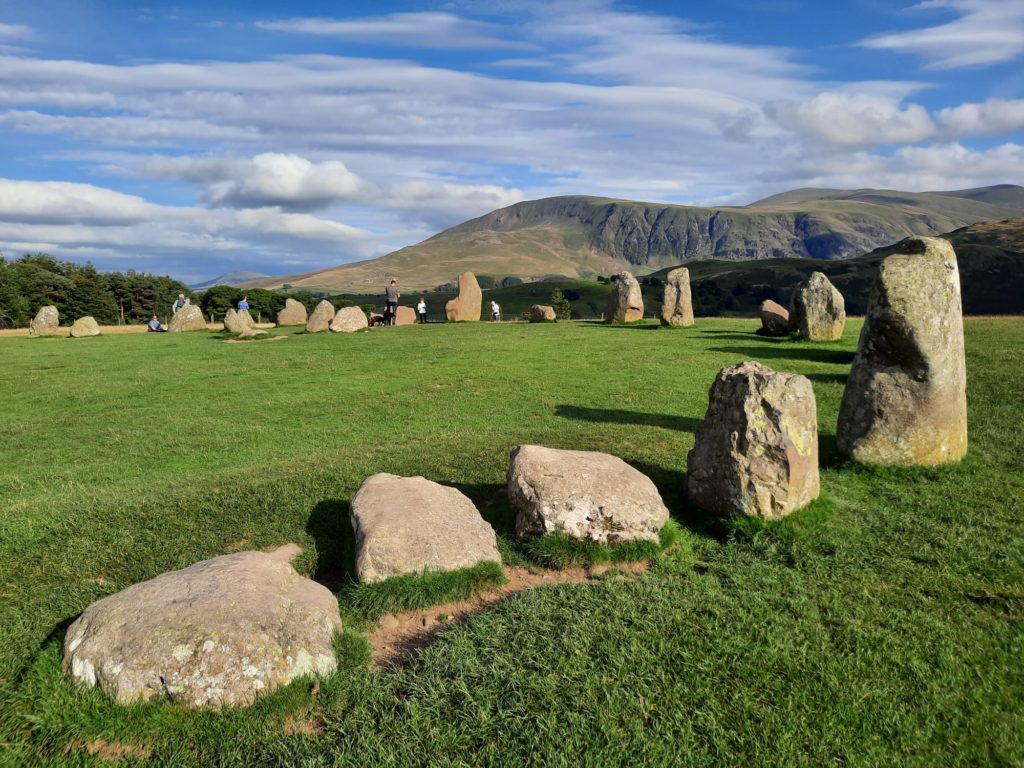

What To See And Do In The Lake District
Given that this has been a tourist spot since the 18th Century, there is plenty to do in the Lake District. We only had a couple of days there: enough time to go on a boat ride, explore a few towns, visit a stone circle, and more. There are more National Trust and other historic properties than you can shake a stick at, including properties linked to Wordsworth and Beatrix Potter. You can hire boats, do paddle boarding, or go hiking. There is something to do for everyone, whether for families, those who want to relax, those who are more active, etc. It’s a versatile place.
My advice for visiting the Lake District is to think about where you want to base yourself, and how you get around. Our own Lake District weekend was perfect in this regard. After busy days in towns packed with daytrippers, we could retire for a relaxing afternoon/evening on Thirlmere. Thirlmere is one of the lakes which is actually a manmade reservoir, and there is hardly anything built around it aside from the hotel we stayed at. Is it a manmade landscape? Absolutely. But is it lovely to sit on the lawn with a G&T and watch the sun go down? Also yes, absolutely. There seems to be a good transport network around the Lake District but mainly between the towns, so we had a car to get from Thirlmere to where we were going.
And from there it’s really up to you!

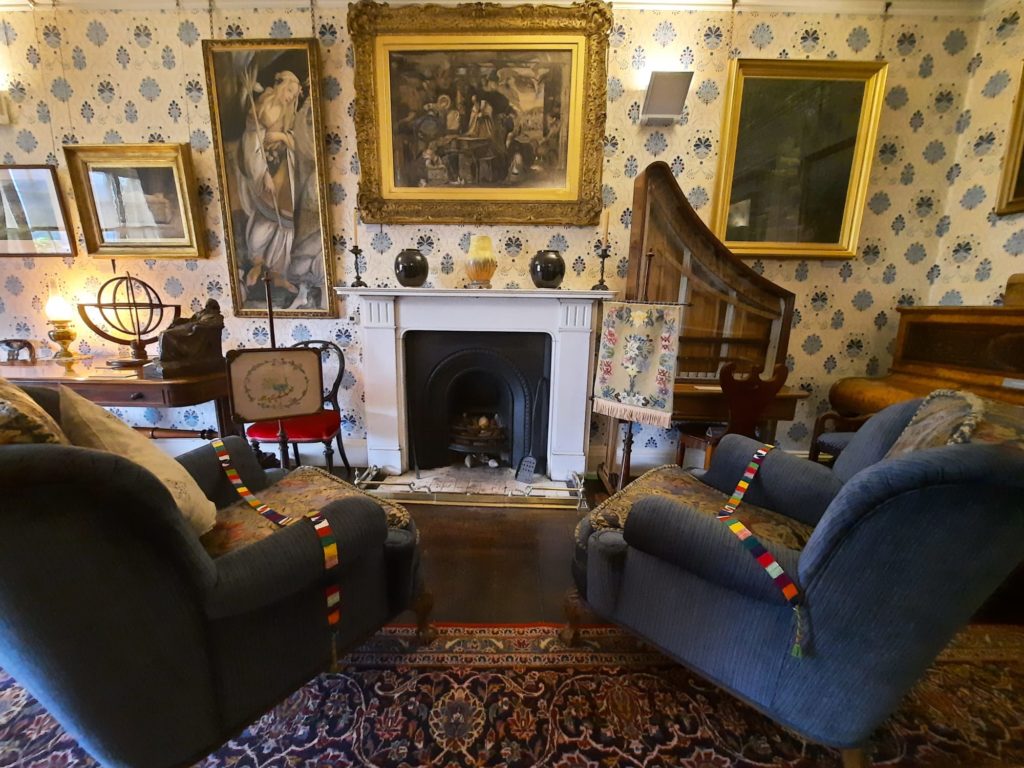
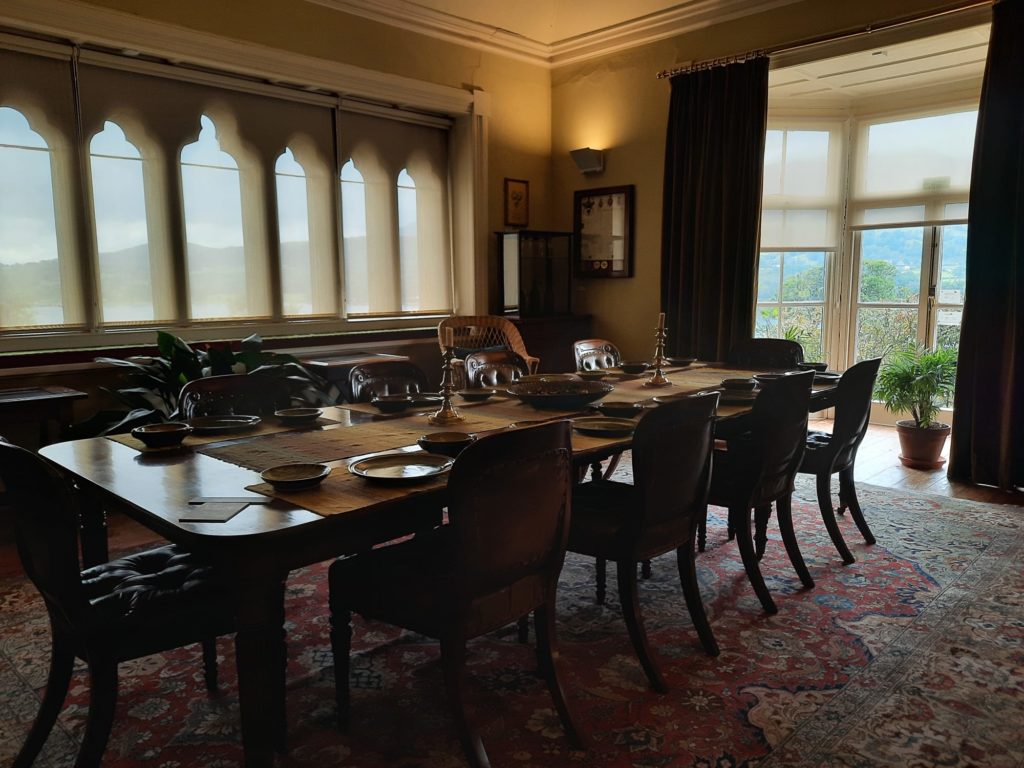

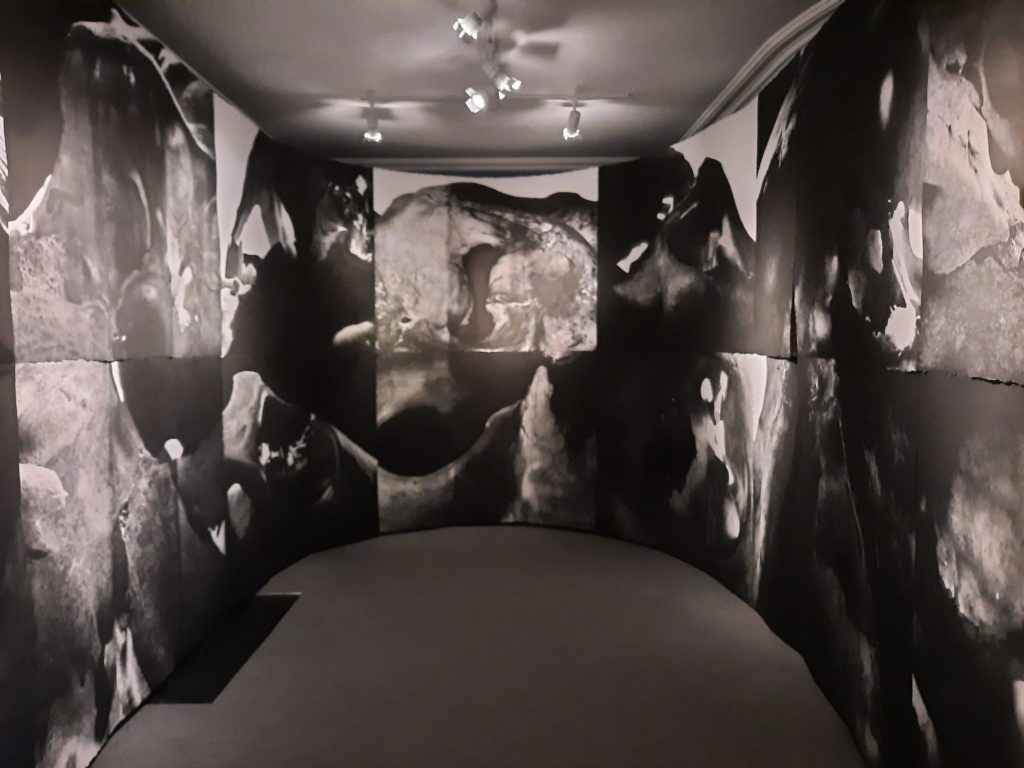
John Ruskin And Brantwood
A place that ties together the early(ish) tourist period in the Lake District, ‘proper’ appreciation of beauty, and tourist spots you can visit today is Brantwood. This independently-managed historic property looks over Coniston Water. In the 19th Century, it was home to famous art critic John Ruskin (tastemaker and promoter of the Pre-Raphaelites). I knew about Ruskin because I’m a big old art lover and Pre-Raphaelite fan. But I still learned a lot from visiting Brantwood.
Brantwood was a relatively historic home already when Ruskin bought it in 1871. He made a few tweaks, did some landscaping, and entertained a lot of friends here. After Ruskin’s death in 1900 his possessions were sold, but fortunately for Brantwood a lot of them were purchased by one individual in the Isle of Wight, and they were later able to buy a lot back. I was a little surprised by how Victorian Ruskin’s taste was. Maybe I shouldn’t have been surprised by this? As well as artworks, Ruskin decorated Brantwood with his collection of minerals, mementos of travel and so on.
It is an interesting place to visit. In my opinion the displays assume that you already know quite a lot about Ruskin and that’s why you’re there, so bear that in mind if you intend seeing it for yourself. There is a mix of quite traditional displays – like his christening bonnet under perspex in a chest of drawers – with more modern flourishes. There were even contemporary artworks when we were there: a photography installation by Carol Wyss entitled The Mind Has Mountains, as well as a light and sound installation entitled Crown of Creation in collaboration with Natasha Lohan. This latter work is in Brantwood’s ice house – video above.
If none of that sounds like your thing, it’s also possible to visit the gardens separately from the house, and there’s a lovely cafe with good food and a lake view. Not a bad spot to think about what the Lake District has meant to different people over time. Or to appreciate its beauty, manmade or otherwise.
For more heritage conversation and inspiration, sign up below:
If you see this after your page is loaded completely, leafletJS files are missing.

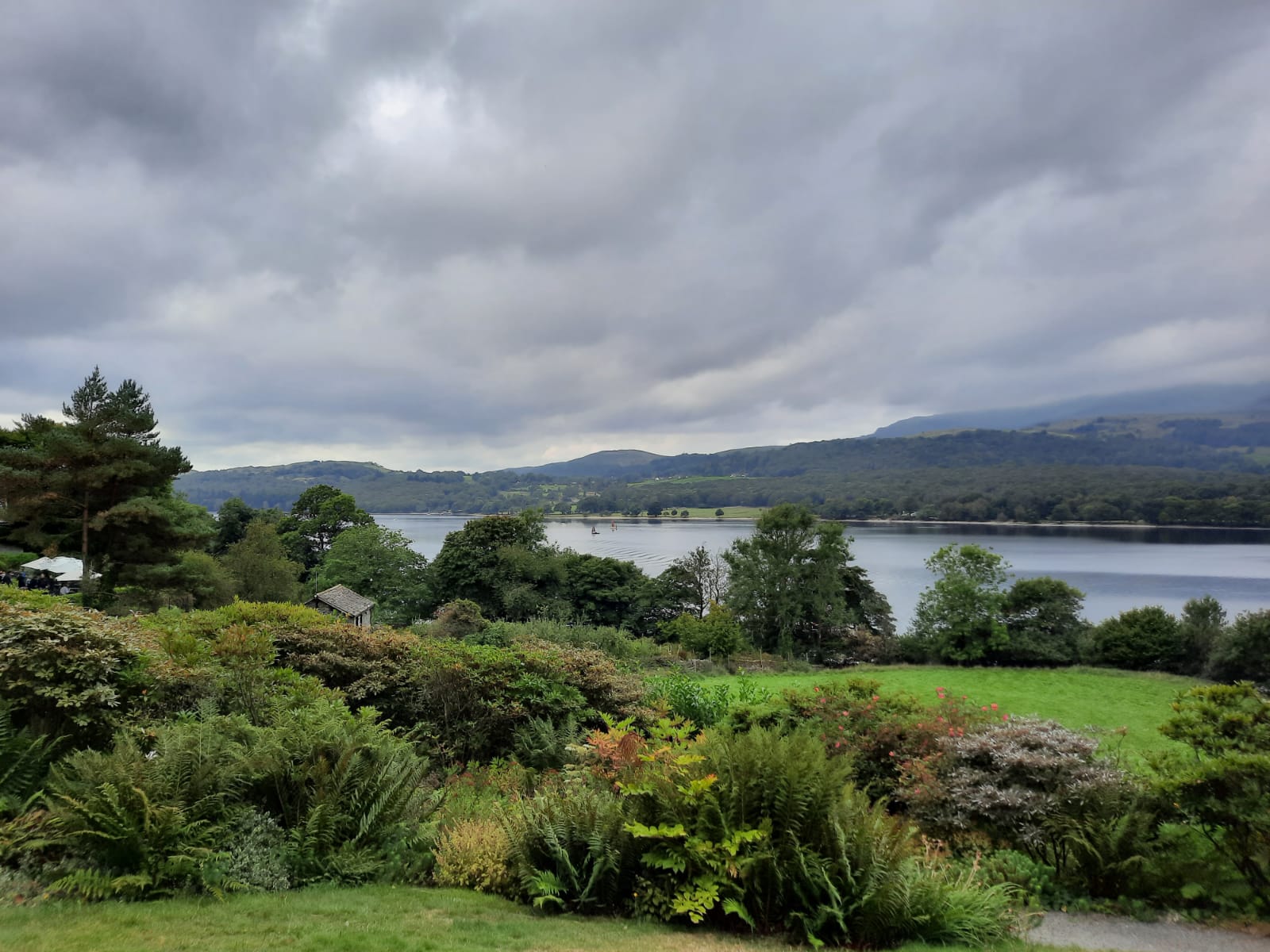
2 thoughts on “Heritage in the Lake District”